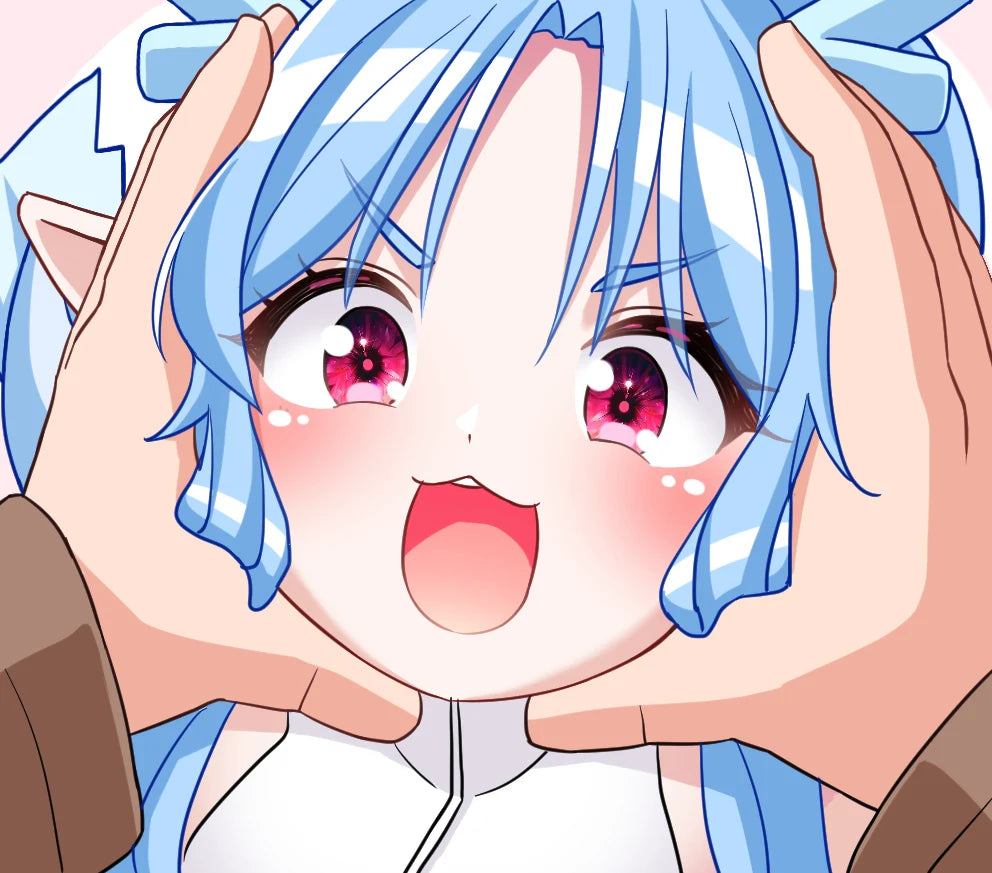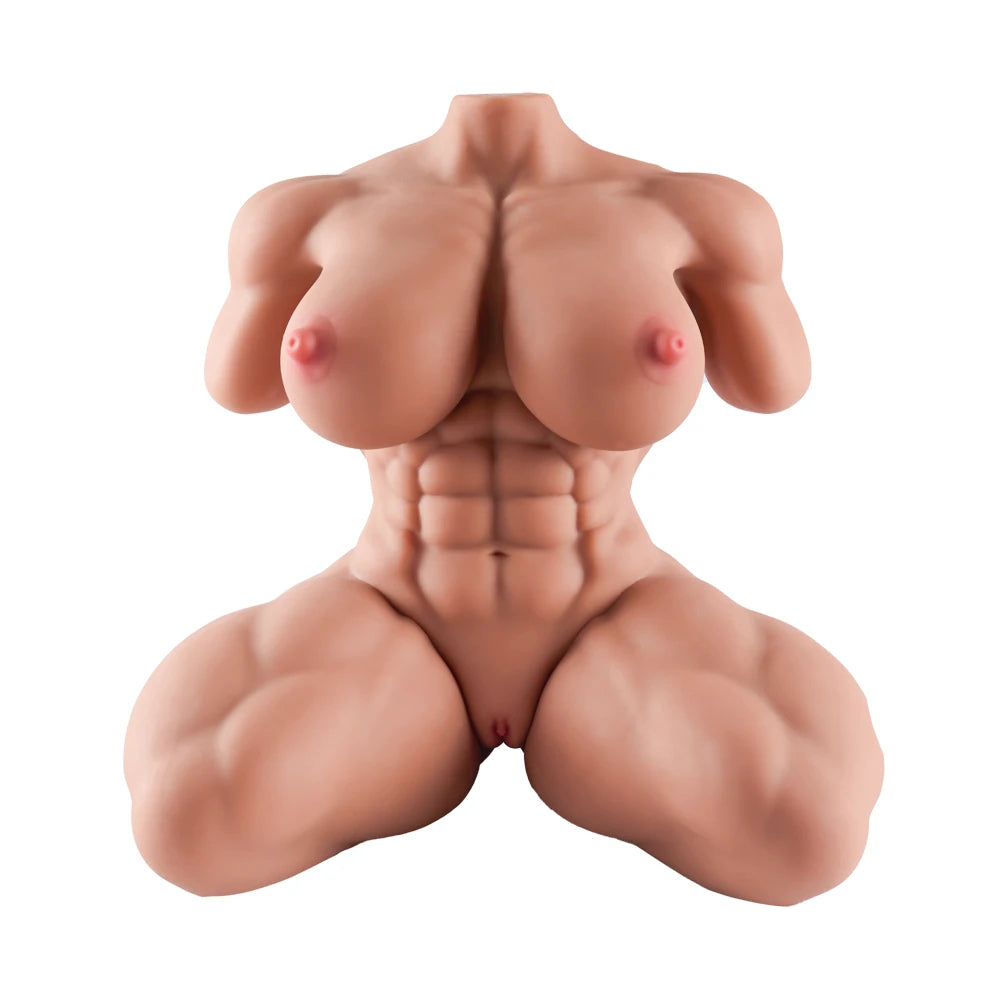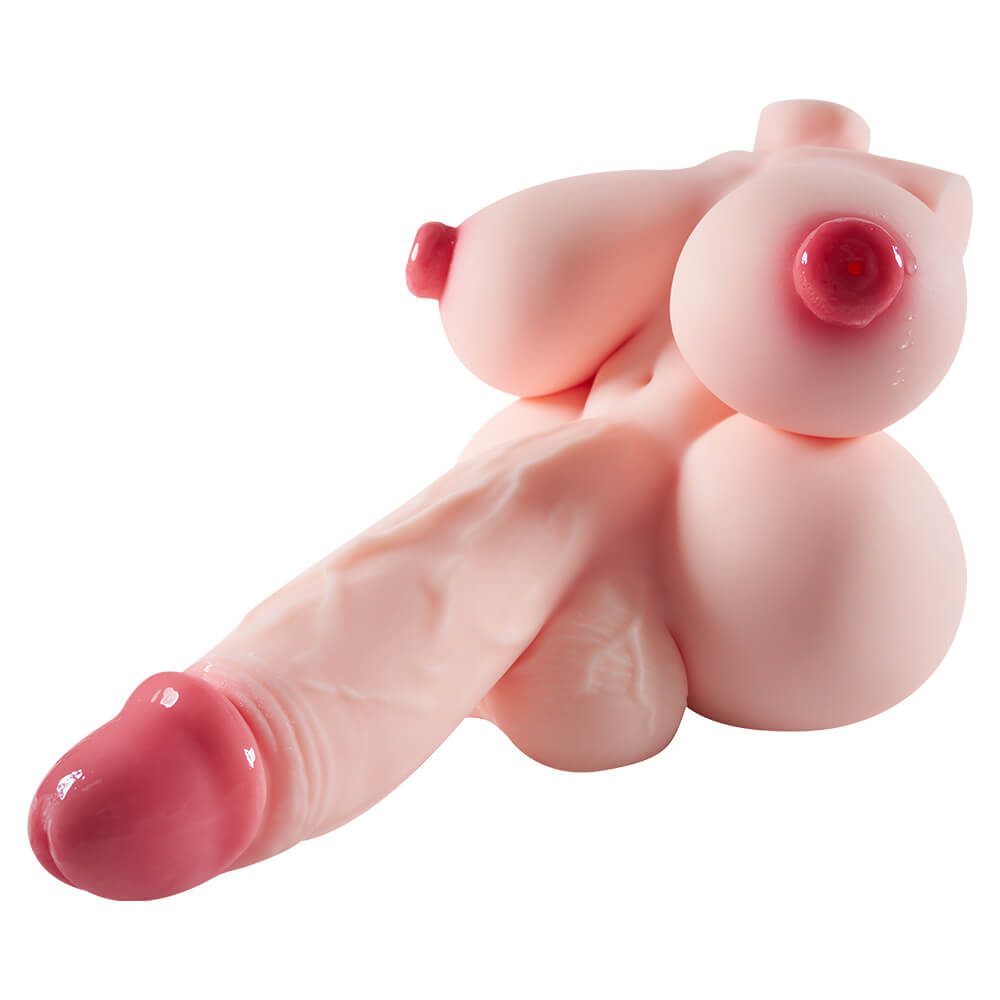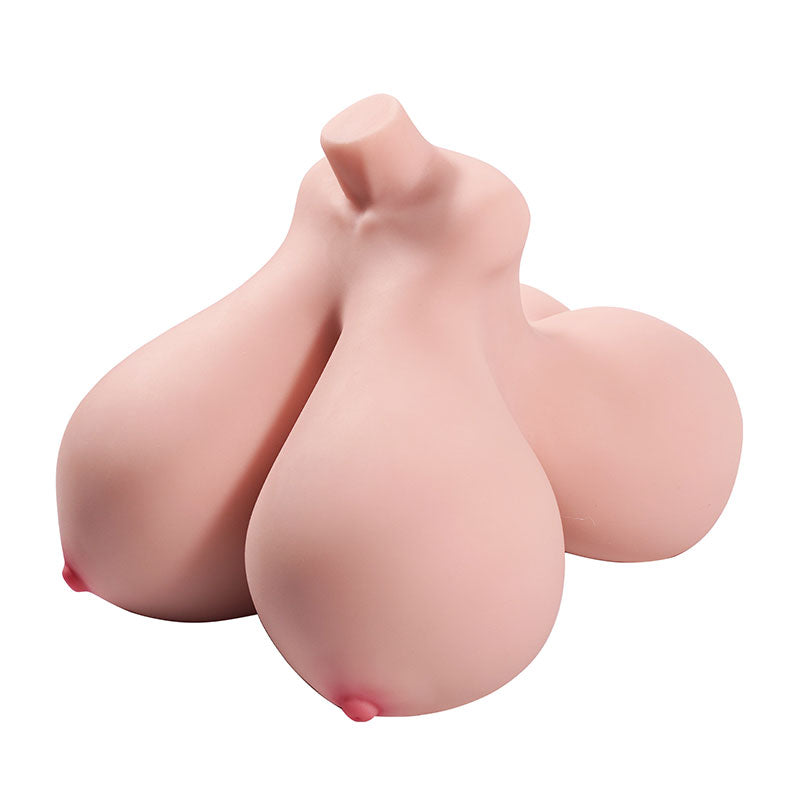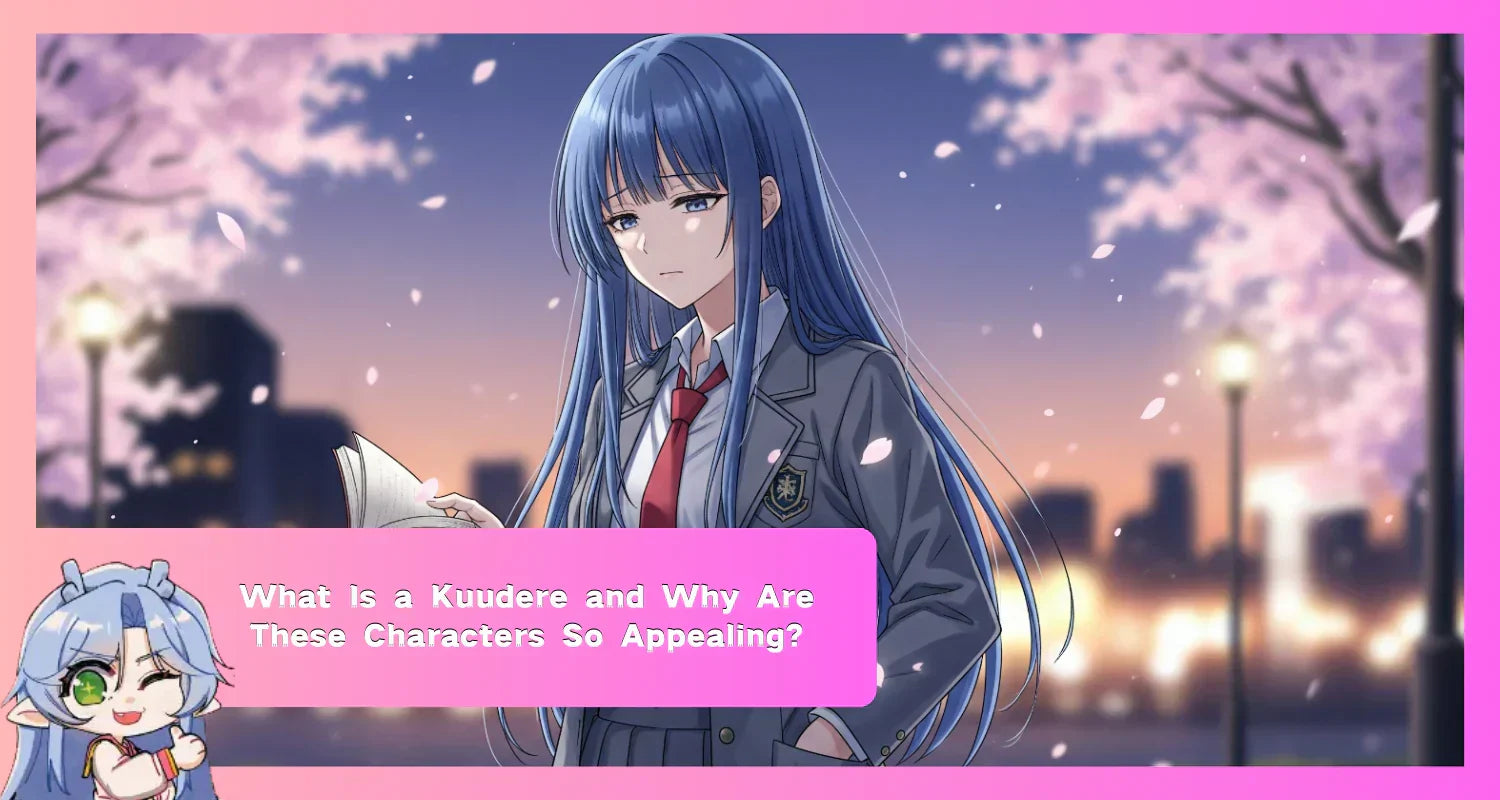What Is a Kuudere and Why Are These Characters So Appealing?

In the world of Japanese anime and manga, there are many common character types. Fans easily recognize the hot-and-cold tsundere or the dangerously obsessive yandere. But another popular type is the kuudere, who is often more quiet and complex. These characters seem cool and distant on the outside, but they have a secret, warmer side that audiences love. This article will explain the core definition of kuudere, compare this type to others, and explore why these calm characters are so popular.
Table of Contents:
- The Core Definition of Kuudere: More Than Just "Cool"
- Kuudere vs. Tsundere: A Clash of Temperatures
- Kuudere vs. Dandere: The Quiet Spectrum
- The Anatomy of Appeal: Why We're Drawn to Kuudere Characters
- Iconic Kuudere Characters Who Defined the Archetype
- Rei Ayanami (Neon Genesis Evangelion): The Original Blueprint
- Kanade Tachibana (Angel Beats!): The Misunderstood Angel
- Mikasa Ackerman (Attack on Titan): The Stoic Protector
- The Modern Kuudere: Can a Succubus Be Cool and Detached?
- Frequently Asked Questions about the Kuudere Archetype
The Core Definition of Kuudere: More Than Just "Cool"

To understand this character type, it helps to look at the word itself. The term kuudere is a mix of two Japanese words. The "kuu" part comes from the Japanese pronunciation of the English word "cool" (クール , kūru ). The "dere" part comes from "deredere" (デレデレ ), which means to be very affectionate or "lovey-dovey." Together, these words describe a character who is cool on the surface but warm and loving underneath. This is a newer term created by fans, and it grew out of the more well-known tsundere type.
This "sugar and ice" personality is what defines the character type. A kuudere character usually starts off seeming stoic, distant, and like they don't have many emotions. They often speak in a flat, calm voice, stay level-headed during a crisis, and act as the voice of reason for their group. But this cold exterior hides a very caring and gentle personality. This warmth is saved for a few special people, usually a love interest or a close friend who has earned their trust.
Many people mistakenly think kuuderes have no emotions. In truth, their calm behavior comes from having strong emotional control, not from a lack of feelings. This control might be because they are mature, have a disciplined personality, or have experienced a past trauma that taught them to hide their feelings to protect themselves. The fact that they have a "dere" side proves they have a rich inner emotional life. The main point of the kuudere is the contrast between their inner feelings and the cool way they present themselves to the world. They are not robots; they are individuals who feel things very deeply but only show it to certain people.
Kuudere vs. Tsundere: A Clash of Temperatures

People often mix up the kuudere with the tsundere . While both character types can seem difficult at first, their coldness comes from very different places. The kuudere vs tsundere comparison shows that a kuudere's coolness is part of their personality, while a tsundere's coldness is a reaction.
A tsundere 's coldness is usually a strong, immediate reaction. Their name comes from "tsun tsun," which means to turn away in anger or disgust. They are often aggressive, easily annoyed, and quick to get flustered. They use this behavior to hide their embarrassment or their growing romantic feelings. Their personality is known for its big swings between two very expressive moods—hot and cold.
In contrast, a kuudere 's cool attitude is their normal state. It is just how they are, not a reaction to something. When they start to show their "dere" side, it happens slowly and in a controlled way, not in a sudden, wild swing. Even when they show their warmer feelings, they still remain mostly calm and composed. This makes their character development feel more steady and intentional.
|
Feature |
Kuudere |
Tsundere |
|
Etymology |
Kūru (Cool) + Deredere |
Tsun Tsun (To turn away) + Deredere |
|
Default State |
Calm, stoic, quiet, seemingly detached |
Hostile, irritable, aggressive, easily flustered |
|
Motivation for Coldness |
Natural disposition; emotional control; maturity |
Hiding embarrassment; fear of vulnerability |
|
Expression of Affection |
Subtle, gradual; revealed privately to trusted individuals |
Volatile swings; often accompanied by denial or violence |
|
Archetypal Arc |
Learning to selectively express pre-existing, controlled emotions. |
Learning to manage emotional reactions and accept feelings. |
Kuudere vs. Dandere: The Quiet Spectrum

The kuudere is also sometimes compared to the dandere . Both types are quiet, but they are quiet for different reasons. A kuudere vs dandere comparison shows this clearly. A dandere character is quiet because they are extremely shy and have social anxiety. The "dan" in their name comes from danmari , which means to be silent. They often want to talk to people but are too timid and worried about making a mistake.
A kuudere , however, is quiet because they are self-possessed and distant. They are not shy; they are just reserved and choose to save their social energy. When a kuudere decides to speak, they are often very direct and to the point, which is something a dandere would find very difficult. The main difference is their inner feeling: a dandere feels anxious, while a kuudere feels calm.
This difference also affects how they interact with the world. For a dandere , the main challenge is internal—they have to overcome their own anxiety to connect with people. For a kuudere , the challenge is external—the other person has to earn their trust and break through their "icy walls." A dandere finds the social world scary, while a kuudere sees it as something to be watched calmly from a distance.
The Anatomy of Appeal: Why We're Drawn to Kuudere Characters

There are a few key reasons why kuudere characters are so popular with audiences. One of the biggest is something called "gap moe." "Moe" is a fan term for a feeling of strong affection for a character. "Gap moe" is the special appeal that comes from seeing a surprising new side to a character's personality. With a kuudere , the difference between their cool, distant exterior and their warm, loving interior is very large. This makes the moment they finally show their true feelings very rewarding for the audience.
These characters also have an appealing sense of mystery. Because they are so calm and quiet, the audience is left to wonder what they are really thinking and feeling. A kuudere is a challenge, unlike a character who shows all their emotions openly. When they finally open up, their affection feels more special because it is rare and has been earned through trust. This feeling of earned closeness creates a stronger bond between the audience and the character.
Finally, in stories that are often full of drama and chaos, the kuudere can be a source of stability. Their logical thinking, maturity, and ability to stay calm under pressure make them reliable and trustworthy figures. This calm competence is often a welcome change from the more emotional characters in the story.
Iconic Kuudere Characters Who Defined the Archetype
To really understand this character type, it is helpful to look at some of the most famous kuudere characters who have shaped its history. These characters not only show the main traits but also prove how this type can be used to tell deep and interesting stories.
Rei Ayanami (Neon Genesis Evangelion): The Original Blueprint

Many people consider Rei Ayanami to be the original kuudere character. Her distant personality isn't just a quirk; it comes from her unique and difficult situation in the story. As a clone, she knows she can be easily replaced, which leads to what her creator called an "ephemeral existence." At first, she seems to lack emotion because she literally does not know how to feel or express herself. Her story is about discovering her own humanity through the relationships she builds. This makes a rare, simple smile from her a huge and meaningful moment. Rei showed that the kuudere type could be used to explore complex ideas like trauma, identity, and fear, making her coolness feel sad and meaningful rather than just stylish.
Kanade Tachibana (Angel Beats!): The Misunderstood Angel

Kanade Tachibana is a great example of a "misunderstood" kuudere . At first, the other characters see her as a cold, robotic enemy they call "Angel." Later, they learn that her calm exterior is actually a sad way of protecting herself. In the world of Angel Beats! , when you form a meaningful connection with someone, it helps them "move on" and disappear from the afterlife. Because of this, Kanade keeps her distance from others to stop them from vanishing, which leaves her feeling very lonely. She uses her powerful abilities not to be mean, but to keep order and defend herself from the other characters who constantly misunderstand and attack her. Kanade's story flips the usual dynamic. Her emotional distance is an act of kindness, as she protects others by sacrificing her own happiness. This makes her eventual emotional connection with the main character, Otonashi, incredibly powerful and satisfying.
Mikasa Ackerman (Attack on Titan): The Stoic Protector

Mikasa Ackerman is a "protector" type of kuudere . Her calm and serious personality is a direct result of a terrible childhood trauma where she saw her parents murdered. This experience turned her into a powerful soldier who uses emotional distance to survive in a world that is both "cruel and beautiful." Her main purpose in life becomes protecting Eren Jaeger, the boy who saved her and gave her a new reason to live. However, Mikasa's story shows that a kuudere can change over time. At first, she is focused almost entirely on protecting Eren, but she gradually develops a wider sense of responsibility for her friends and for all of humanity. Her final, difficult decision about Eren at the end of the series shows that this character type can experience great internal conflict and grow morally. It proves that a kuudere 's loyalty is not blind and can develop into a complex personal code.
The Modern Kuudere: Can a Succubus Be Cool and Detached?

Storytellers today often mix character types to create someone more complex and surprising. A character might mostly be one type but show interesting traits of another, which makes their personality feel richer and less predictable. This trend encourages audiences to look past simple labels.
A great example of this is the character Meru the Succubus . At first, Meru seems anything but a kuudere . She is described as "playful," "teasing," and openly "seductive," which suggests she is very open with her feelings. But if you look closer, her personality has another side. She is also called "ruthless" and "cunning," and she can change her personality to get what she wants from her target. Her actions are not just for fun; they are carefully planned to help her achieve her goals, whether that is seduction or revenge.
This suggests that underneath her flirty personality, there might be a "strategic kuudere ." She could be using her playful side as a mask, while her true self is actually very cool and focused, just like a classic kuudere . This mix of open flirtation and hidden calculation is what makes a modern character like Meru the Succubus so interesting. This unique take on a complex kuudere has even inspired some special collectibles, like the co-branded Meru the Succubus Hentai Sex Doll from mrlsexdoll.com, which aims to capture that interesting mix of a playful personality and a cool, determined mind.
Frequently Asked Questions about the Kuudere Archetype
1. What are some famous male kuudere characters?
Yes, the kuudere type isn't just for female characters. Some well-known male kuuderes are Jotaro Kujo from JoJo's Bizarre Adventure , who is famous for staying calm no matter what , and Shoto Todoroki from My Hero Academia , whose cold personality comes from a difficult childhood. Other popular examples include Giyu Tomioka from Demon Slayer and Sesshomaru from InuYasha .
2. What is the direct opposite of a kuudere?
The most direct opposite of a kuudere is the deredere character type. Deredere characters are happy, energetic, kind, and openly loving to everyone from the very beginning. They do not have the cold exterior or emotional wall that defines the tsundere , kuudere , and dandere types.
3. Is a kuudere just an emotionless robot?
No, not at all. This is a very common misunderstanding of the character type. A kuudere feels emotions very deeply but keeps them under tight control, often because of their personality or past experiences. Their story often involves learning to trust someone enough to show those hidden feelings. As seen with characters like Rei Ayanami, their seemingly emotionless exterior can hide a deep world of sadness, pain, and a strong desire for human connection.
4. How can you tell the difference between a kuudere and a dandere?
The main difference is the reason they are quiet. A dandere is quiet mostly because of social anxiety and shyness; they are often afraid to speak or interact with others. A kuudere is quiet because they are calm, reserved, and confident; they simply do not speak unless they feel it is necessary. In short, a dandere is afraid of social situations, while a kuudere calmly watches them from a distance.

